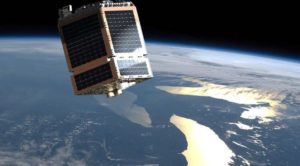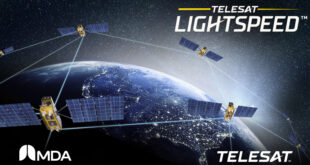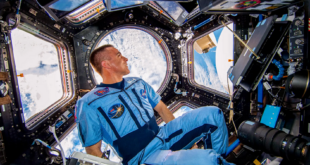
Telesat and the Government of Canada have partnered to ensure access to affordable high-speed Internet connectivity across rural and remote areas of Canada through the development of Telesat’s LEO satellite constellation. The partnership is expected to generate $1.2 billion (CAD) in revenue for Telesat over 10 years, which includes a contribution of up to $600M (CAD) from the Government of Canada, supporting the company’s mission of deploying a transformational communications architecture that delivers affordable, high-speed broadband services across Canada and the rest of the world.
Additionally, the Government of Canada will contribute $85 million (CAD) to Telesat through the Government’s Strategic Innovation Fund (SIF). Telesat, as part of the agreement, will support approximately 500 jobs in Canada, invest $215 million (CAD) in R&D over the next five years, and promote STEM jobs and education in Canada through a newly created scholarship, university partnerships and other initiatives, with a strong focus on creating opportunities for women.
Over 48% of the world’s population does not have access to reliable, affordable, high-speed Internet. Telesat LEO is a transformational, space-based broadband infrastructure that will address this urgent need. The first Telesat LEO satellite launched in early 2018 and the full constellation will be comprised of 298 satellites. These LEO satellites will be 35 times closer to Earth than traditional satellites, resulting in a shorter trip for Internet signals and making low-latency, fiber-like Internet accessible anywhere in the world.
In Canada, there are currently 2.3 million households that do not have access to affordable and reliable high-speed Internet, which prevents Canadians from fully participating in and benefitting from the digital economy, including opportunities for education, job advancement and access to healthcare. This is partially due to the high cost of installing fiber-optic cables in remote regions of Canada. Telesat LEO will offer users high quality, reliable Internet access at affordable rates, making this partnership an important step towards bridging the digital divide in Canada.
“Telesat LEO is the most ambitious global broadband infrastructure program ever conceived and will revolutionize how Canadians, and everyone else in the world for that matter, experience and leverage the Internet,” said Dan Goldberg, Telesat’s President and CEO. “Today’s announcement will help achieve Canada’s goal of universal connectivity, ensuring that Canadians, regardless of where they work or live, have affordable, high quality, and high-speed Internet. Telesat LEO has garnered substantial interest from commercial enterprises and governments around the world. That interest, together with the funding received from the Strategic Innovation Fund and Canada’s plan to secure Telesat LEO capacity on a long-term basis for Canadians, underpin Telesat’s plan to fully bridge the digital divide with this advanced Telesat LEO Constellation.”
“Access to high-speed Internet is not a luxury; it is essential, and all Canadians should have access to it regardless of where they live,” said the Honourable Navdeep Bains, Minister of Innovation, Science and Economic Development. “Rural and remote areas need this service to do business, upgrade their education and build stronger communities. Today’s announcements will provide us with a glimpse of what future connectivity of rural and remote communities will look like. It will also ensure that innovative Canadian companies, like Telesat and its partners, remain world leaders, creating highly skilled jobs in Canada.”
“Affordable high-speed Internet and mobile wireless coverage is critical to the continued vibrancy and success of rural Canada,” said the Honourable Bernadette Jordan, Minister of Rural Economic Development. “Our government is leveraging various innovative and disruptive technologies to improve rural connectivity and to ensure that Canadians in all areas of the country have access to the latest technologies. LEO satellite technology will substantially increase capacity and offer better speed and signal strength for Canadians from Coast to Coast to Coast.”
 SpaceWatch.Global An independent perspective on space
SpaceWatch.Global An independent perspective on space




